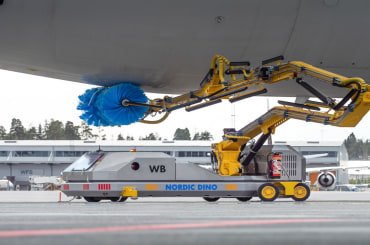
The International Air Transport Association (IATA) has called for urgent action to deepen the understanding of the formation and climate impact of aviation contrails in order to develop effective mitigation measures.
In a newly released report titled “Aviation Contrails and their Climate Effect: Tackling Uncertainties and Enabling Solutions”, IATA highlights the complexity of contrail science, noting gaps in the understanding of how contrails form, when they could persist, and how they impact the climate.
“The industry and its stakeholders are working to address the impact of non-CO2 emissions on climate change, particularly contrails. To ensure that this effort is effective and without adverse effects, we must better understand how and where contrails form and shrink the uncertainties related to their climate impact,” said Willie Walsh, IATA’s Director General.
“Action now means more trials, collection of more data, improvement of climate models, and maturing technologies and operations. Formulating and implementing regulations based on insufficient data and limited scientific understanding is foolish and could lead to adverse impacts on the climate.”
The report recommends that in the immediate term (2024-2030), the priority for mitigating aviation’s climate change impact should be on reducing CO2 emissions over the uncertain gains that could stem from contrail detection and their mitigation.
Mid-term actions (2030-2040) should involve establishing standards for data transmission, continuous validation of models, and encouraging aircraft manufacturers to include provisions for meteorological observations, as well as selected avoidance.
Longer-term actions (2040-2050) should see aircraft continuously providing data, with models and infrastructure in place and reliable, and a more complete understanding of the non-CO2 effects of alternative fuels, with extended mitigation measures.
Recent collaborations among meteorologists, climate researchers, airlines, and aircraft manufacturers have yielded new insights that underscore the need for enhanced data collection and analyses of the likely air traffic network complications regarding any solutions.
Advancements in developing humidity sensors to be placed on aircraft are critical for contrail prediction and avoidance strategies, with ongoing research aiming to develop more accurate, robust, and scalable solutions.












